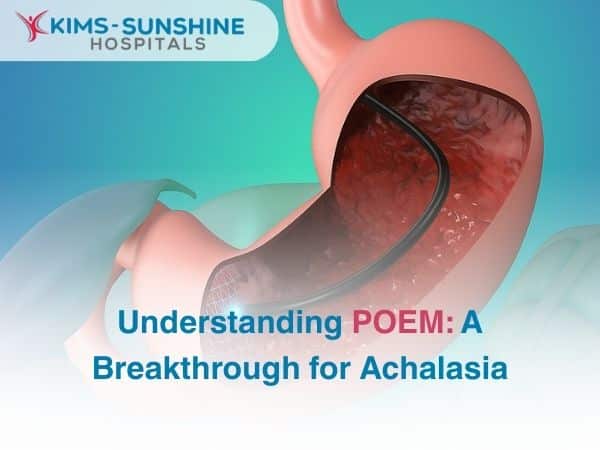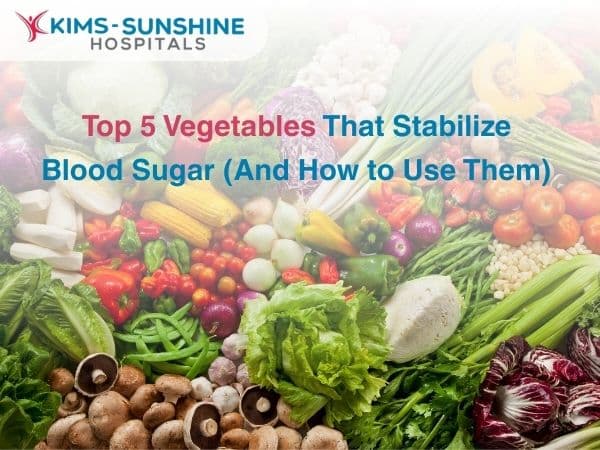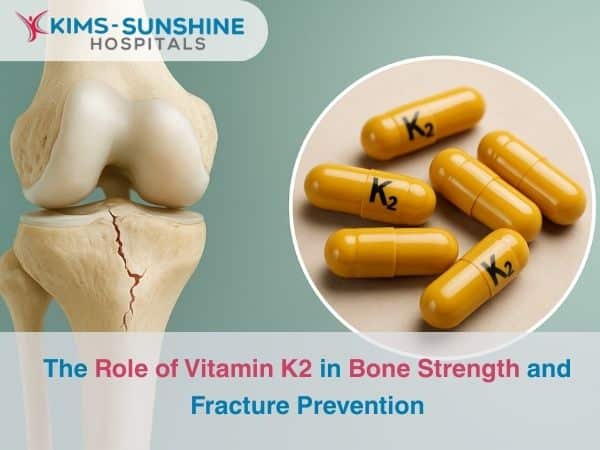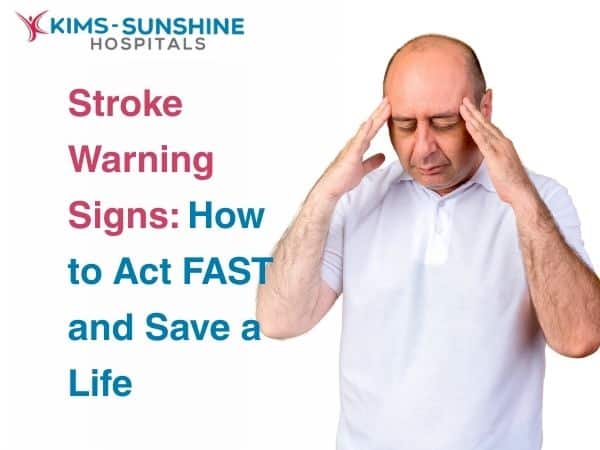
Stroke Warning Signs: How To Act Fast And Save A Life
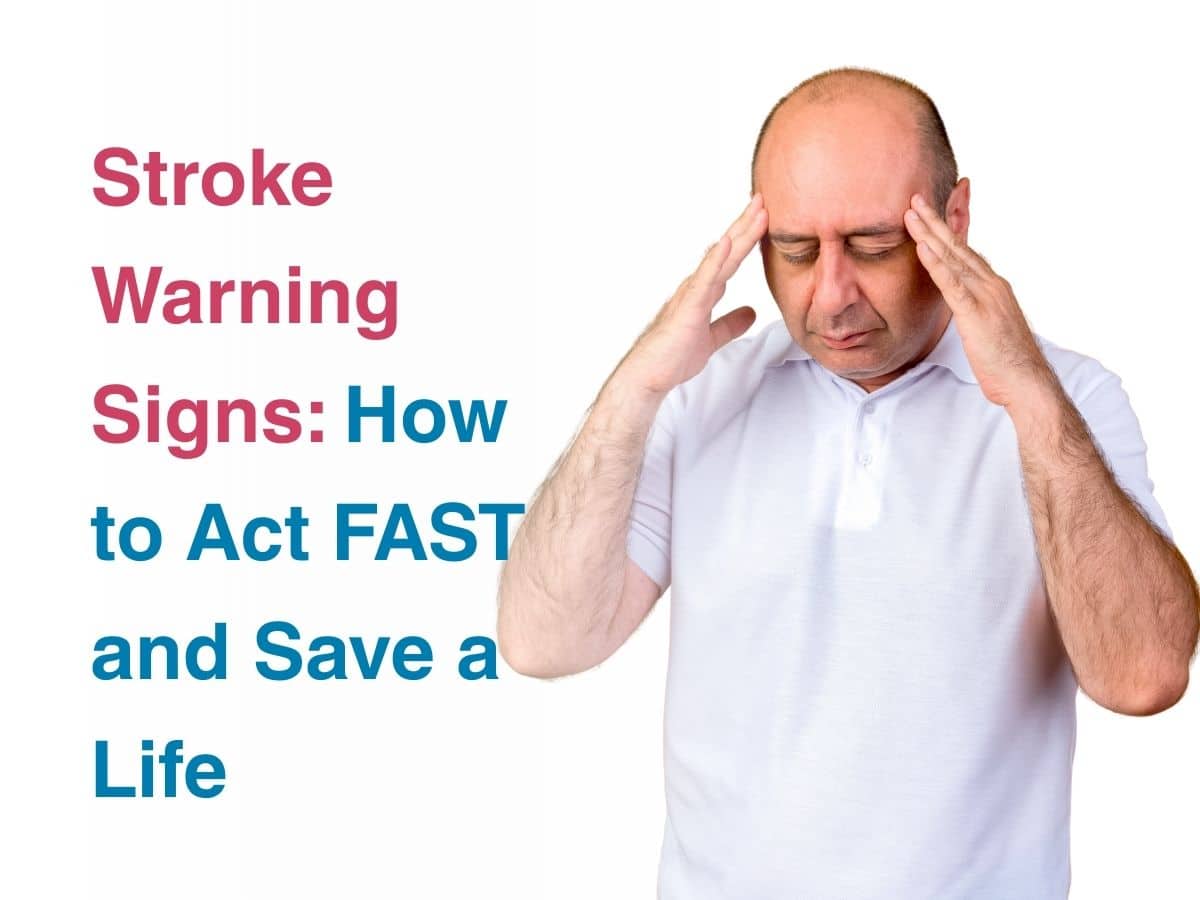
A stroke or brain attack occurs when blood flow to the brain is blocked or a blood vessel gets ruptured. The brain is the only organ which requires continuous blood flow. Any interruption in it can cause immediate damage to the cells due to lack of oxygen and nutrients. It is an instant medical emergency which requires immediate action, if observed.
Signs To Remember For Immediate Action
Remember the acronym “BE FAST”-
B🡪 Balancing difficulty
E🡪 Eye disturbances like vision blurriness and double vision.
F🡪Face drooping (ask the person to smile. Check if one side of their face is stiff or drooping)
A🡪Arm weakness (ask the person to raise both arms, check if one arm drifts downwards or if they are unable to lift it.)
S🡪 Speech difficulty (ask in simple phrases and check for their speech and tone -does it seem slurred or strange?)
T🡪 Timely call to the emergencies.
Stroke is a significant cause of mortality and disability in India, with its economic impact on the rise. Stroke is found to be more prevalent in males than in females with a ratio of 2:1.
The Different Risk Factors And Types Of Stroke
The various risk factors you should know of are-
- If you are older than 65yrs
- Family history of TIA’s or high blood pressure
- Habits of smoking and vaping
- Use of non prescription drugs
- Alcoholism
- Covid-19
- Frequent migraines
- Constant untreated high blood pressures
- High cholesterol or hyper-lipidemia
- Type 2 diabetes
- Use of oral contraceptives
- Sleep deprivation
Stroke can happen at any age but these factors can increase the risk of it exponentially.
Depending upon various risk factors, stroke can be of 2 types:
- Ischemic stroke which usually happens due to blood clot in the blood vessels connecting to your brain.
Conditions like heart defects, clotting disorders etc. can be a cause for this type of stroke.
- Haemorrhagic stroke happens when a blood vessel ruptures or tears in your brain. Conditions like brain aneurysms, brain tumours and high blood pressure can cause this type of stroke.
TIA🡪 Transient Ischemic Attack, also known as “mini stroke” but the effects are temporary – is a warning sign from the body indicating a very high risk of having a true complete stroke and a person with such an episode should immediately seek emergency medical help without any delay.
Symptoms Of Stroke
The symptoms of stroke can differ depending on the area of the brain affected. Some of the most common symptoms are:
- Aphasia- trouble speaking or complete loss of speech
- Blurry vision or double vision
- Confusion
- Coma
- Dizziness or vertigo
- Headaches that are usually sudden and severe
- Loss of muscle control on one side of the body
- Loss of balance in coordination and clumsiness
- Memory loss
- Mood swings or sudden personality changes
- Nausea and vomiting
- Neck stiffness
- Fainting
- Seizures
- Slurred speech
- Sudden loss of special senses like hearing, smell, touch etc.
- Weakness or paralysis on one side of the body
The Golden Hour Or Emergency Response Time
In conditions like stroke, time is critically sensitive and each minute costs the death of 1.9 million brain cells! The first hour after the symptoms begin is the golden hour for treatment and intervention. If help arrives within this time period, there is significant improvement in patient outcomes.
In some cases, administration of clot busting tPA medications within 3 to 4 hours of the symptoms onset can prevent further brain damage.
Lifestyle Modification For Stroke Prevention
Your daily routine matters, so adopt the following changes
- Follow a heart healthy lifestyle by maintaining a healthy weight.
- Your diet should be rich in fruits, vegetables and whole grains.
- Engaging in regular physical activity is good.
- Avoid smoking and excessive alcohol consumption.
- Schedule regular medical checkups
- Aim to get adequate sleep with a minimum of 7 hrs.
- Management of stress and underlying medical conditions like hypertension, high cholesterol are critical components in stroke prevention.
Conclusion
Stroke can be extremely life threatening with partial or complete disability or sometimes death. Remembering the rule of BEing FAST can save a life from partial loss or permanent damage. High risk individuals should always undergo regular medical health checks to keep a track of their cerebro-vascular health.
Identification of symptoms and signs at an early stage can not only help an individual recover faster but also help in improving quality of life in the long term- with the right kind of stroke rehab, diet and lifestyle, you will be doing just that!
Frequently Asked Questions
What does the “FAST” acronym stand for in stroke awareness?
A🡪Arm weakness
S🡪 Speech difficulty
T🡪 Timely call to the emergency


